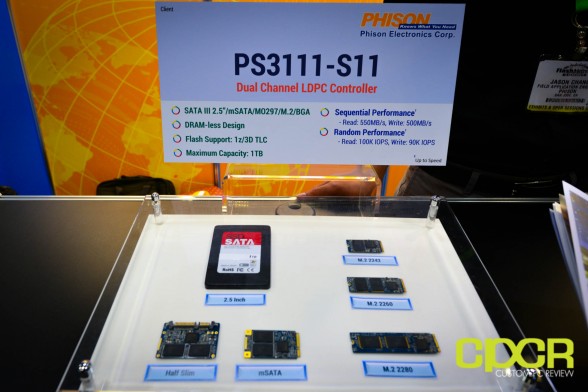Patriot Announces New Spark SSD
TAIPEI, Taiwan – May 31, 2016 – Patriot, a leading manufacturer of high performance computer memory, SSDs, gaming peripherals, consumer flash storage solutions and mobile accessories, today announced its latest budget solid state drive (SSD), the Spark, aimed at offering consumers reliable performance at a price that won’t break the bank.
The Spark SSD will be available in capacities of 128GB, 256GB and 512GB to fulfill the needs of serious PC gamers storing large capacity games, content creators and everyday computer users. Utilizing the Phison S11 controller and
TLC NAND, for a more budget friendly price, the Spark delivers on performance. With impressive read and write speeds for such an affordable drive, the Spark will reach sequential speeds of up to 555MB/s read and 500MB/s write to meet the standards of consumers looking to optimize screen time.
“The Spark is a perfect entry level drive for those users looking to add a boost to their system,“ said Les Henry, Patriot’s VP of Engineering. “As many companies are just now coming out with their first generation TLC SSDs, the Spark is Patriot’s second generation TLC SSD Line.”
The Spark SSD is Compatible with Windows® XP, Windows Vista®, Windows, 7, Windows® 8, Windows® 8.1, Windows® 10, Mac OS X, and Linux systems. Backed by Patriot’s award winning build quality and 3-year warranty; the Patriot Ignite will deliver one of the most reliable choices in SSDs.
Availability
The Spark SSD will be available for purchase, worldwide, starting in the 3rd Quarter of 2016 for a starting MSRP of $34.99USD for the 128GB, $56.99 for the 256GB and $104.99 for the 512GB. For more details on the Spark and other Patriot products visit:
https://patriotmemory.com.






